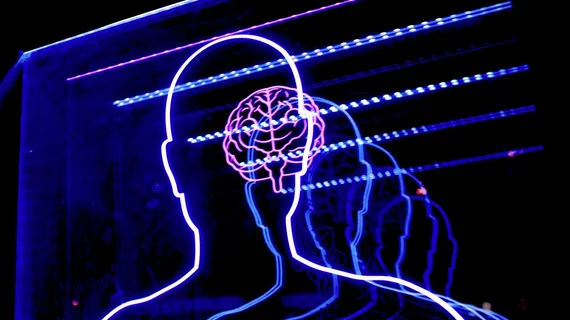New 3D imaging technique doubles the visibility of brain tumors on MR scans
A new 3D imaging technique can double the visibility of brain tumors on MR scans, researchers reported Wednesday.
Invented at Northwestern University, the method may allow for earlier diagnosis, along with greater ability to spot smaller abnormalities. To back their claims, experts with NU’s Feinberg School of Medicine used their MR update on 54 patients, recording a two-fold increase in the ability to discern between subjects with tumors or regular brain tissue.
“Our goal is for the new technique—T1RESS—to help thousands of patients by allowing malignant tumors to be detected at an earlier, more curable stage,” inventor and lead author Robert Edelman, MD, a professor of radiology at Illinois-based NU, said in a statement.
Edelman and colleagues noted that MR cancer imaging techniques have evolved slowly in the last 10 years. T1RESS works by applying radio waves and magnetic fields differently from a typical MRI, manipulating signals from brain tissues to produce marked gains in visibility. He compared this challenge to stargazing at mid-day.
“In the case of brain tumors, T1RESS doubles the contrast between tumors and normal brain, so the tumors are more easily detected. It's like looking at the stars on a dark night instead of on a sunny day,” Edelman added.
The team hopes to further test the technique in breast and prostate imaging and confirm the findings of this smaller brain study—published Oct. 28 in Science Advances—via a larger sample. If successful, they’ll look to make their change widely available in short order through a specialized software package.

